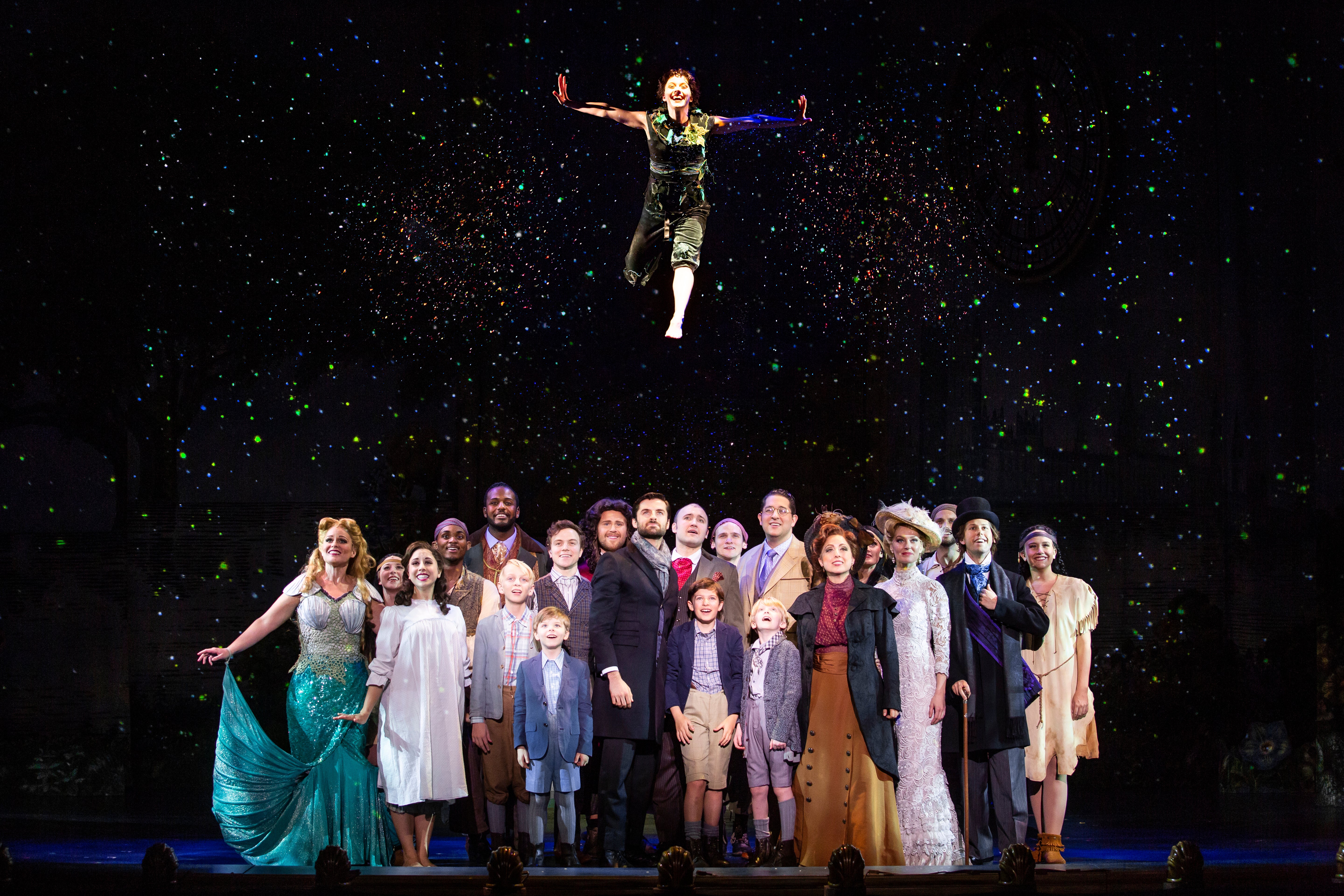Oct 30, 2018
One Hundred Years of Peter Pan: A Brief History
The character of Peter Pan was first mentioned in a 1902 book by Sir James M. Barrie (he was knighted in 1913) entitled “The Little White Bird.” In 1904, the character of Peter was perfected and became the lead character in the full length play, “Peter Pan, or The Boy Who Wouldn’t Grow Up.” In 1906, the section of ‘The Little White Bird” that originated Peter Pan was published separately as a book called “Peter Pan in Kensington Garden.” Then in 1911, Barrie turned his popular play “Peter Pan” into a novel called “Peter and Wendy.”
James Barrie spent a great deal of time playing with the children of his good friends, Sylvia and Arthur Llewelyn Davies. He loved to create skits for the children’s entertainment. It was while writing and acting out skits with the Davies children that Barrie developed the characters and plot he would use in the writing of the full-length play version of PETER PAN.
As he explained in his dedication to the play, “I made ‘Peter Pan’ by rubbing you (the Davies boys) violently together, as savages with two sticks produce a flame.” Barrie also drew his inspiration from the boys’ parents. He modeled Mr. Darling after the young lawyer, Arthur Llewelyn Davies. Mrs. Darling was based on the refined, nurturing mother Sylvia Davies. Wendy was modeled after a daughter of an associate named Margaret Henley, who had died at a very early age. The name Wendy originated from Margaret calling Barrie her "Friendy" which, when you add a lisp, comes out "Fwendy" – thus, we have Wendy.
Barrie came up with the last name Pan based on Greek mythology. Pan was the Greek god that symbolized natural forces. Pan was the ancient god of forest, flocks and shepherds. Peter’s enchanted Pan-side granted him the power to remain a child forever.
Despite the quality and originality of the piece, Barrie still had a hard time getting it produced. Unlike today, plays in 1904, usually did not have special effects like flying and major scene changes.
Finally, English producer Charles Frohman agreed to produce the play. Even with its major technical requirements and unique plot and characters, PETER PAN was a great success. It was a big hit throughout England and then in the United States in 1905, with famed actress, Maude Adams, performing the lead to great critical acclaim.
Why is PETER PAN still so popular all over the world? It might be because it speaks to the smallest child with its spectacle and fantasy, especially the thrill of flying. Older children can also relate to the characters that are their own ages and the great adventures that Peter and his friends have with Captain Hook and the pirates. Adults enjoy PETER PAN because it rekindles the magic of the first time they saw it when they were children, and, let’s not forget, the glorious songs and the universal theme of one’s desire to never grow up. Revisit the magic of childhood with FINDING NEVERLAND, coming to Spokane for a week-long engagement November 15-18 at the First Interstate Center for the Arts.









